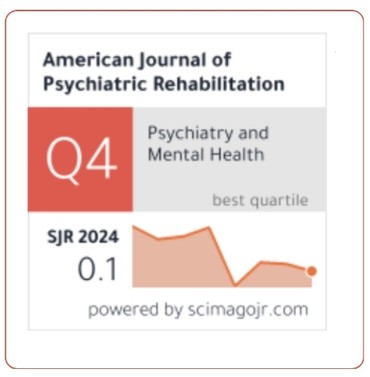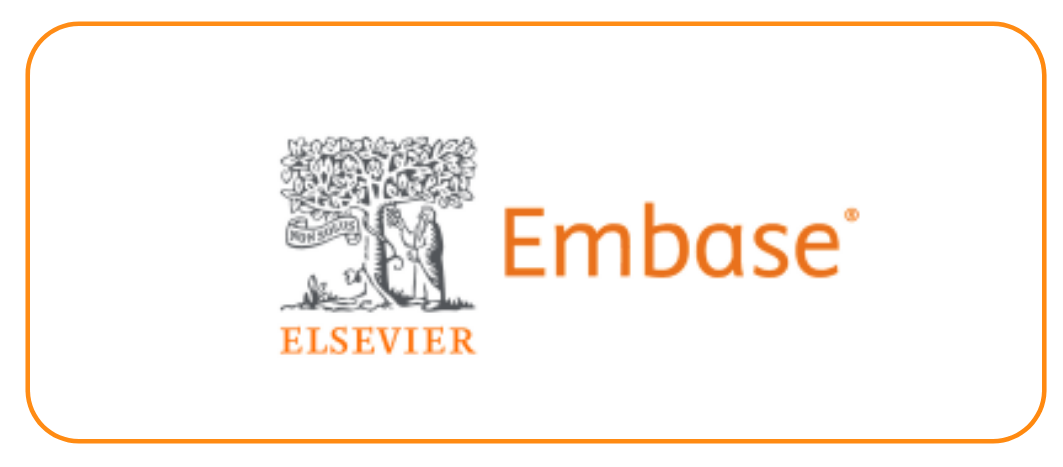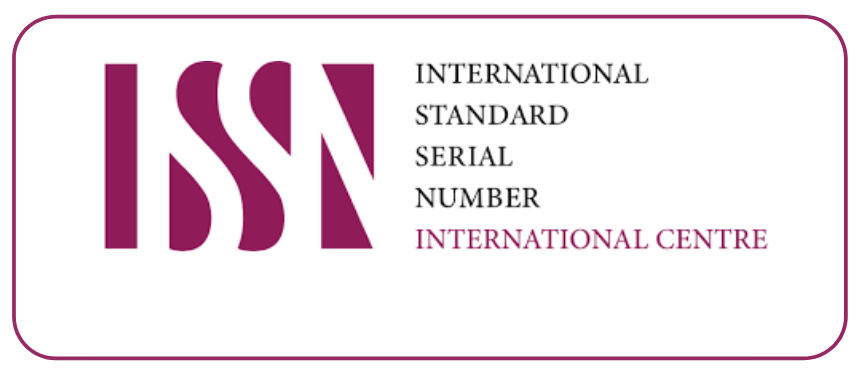Substance Use Patterns In Patients Reporting To The State Drug Dependence Treatment Centre Of Haryana, During The Covid-19 Pandemic.
DOI:
https://doi.org/10.69980/ajpr.v28i5.339Abstract
Substance use disorders (SUDs) pose a significant public health challenge in India, with treatment centers facing barriers to effective case registration and providing effective management. This retrospective study analyzed data from the State Drug Dependence and Treatment Centre (SDDTC), Rohtak, during the COVID-19 pandemic (March 2020–July 2020), to understand the substance use pattern and treatment seeking. Sociodemographic, clinical, and treatment-related data were examined using SPSS. Findings revealed key predictors of poor follow-up, including socio-economic and pandemic-related disruptions. The study underscores the need for targeted interventions and standardized follow-up protocols to improve treatment retention and outcomes in addiction services.
References
1. Balhara, Y. P. S., Verma, R., & Basu, D. (2016). A retrospective chart review of inpatient treatment outcome at a tertiary care de-addiction center. Indian Journal of Psychological Medicine, 38(2), 145–150.
2. Rao, R., Agrawal, A., Das, S., & Ambekar, A. (2016). Predictors of treatment retention in a tertiary care de-addiction setting in India. Indian Journal of Psychological Medicine, 38(5), 498–502. https://doi.org/10.4103/0253-7176.191389
3. Ambekar, A., Agrawal, A., Rao, R., Mishra, A. K., & Khandelwal, S. K. (2019). Magnitude of substance use in India. Ministry of Social Justice and Empowerment, Government of India. Retrieved from http://socialjustice.nic.in
4. United Nations Office on Drugs and Crime (UNODC). (2021). World Drug Report 2021. United Nations Publication.
5. National AIDS Control Organisation (NACO). (2021). Annual Report 2020–21. New Delhi: Ministry of Health and Family Welfare.
6. Kelly, T. M., Daley, D. C., & Douaihy, A. B. (2015). Treatment of substance abusing patients with comorbid psychiatric disorders. Addictive Behaviors, 51, 104–110.
7. Rao, R., Ambekar, A., Agrawal, A., & Lal, R. (2016). Predictors of treatment retention among patients with substance use disorders: A clinic-based study. Indian Journal of Social Psychiatry, 32(3), 201–206.
8. Dubey, M. J., Ghosh, R., Chatterjee, S., & Dubey, S. (2020). COVID-19 and addiction..
9. Farhoudian, A., Baldacchino, A., Clark, N., et al. (2020). COVID-19 and substance use disorders: Recommendations to a comprehensive healthcare response. International Journal of Mental Health and Addiction, 1–19.
Downloads
Published
Issue
Section
License
Copyright (c) 2025 American Journal of Psychiatric Rehabilitation

This work is licensed under a Creative Commons Attribution 4.0 International License.
This is an Open Access article distributed under the terms of the Creative Commons Attribution 4.0 International License permitting all use, distribution, and reproduction in any medium, provided the work is properly cited.









